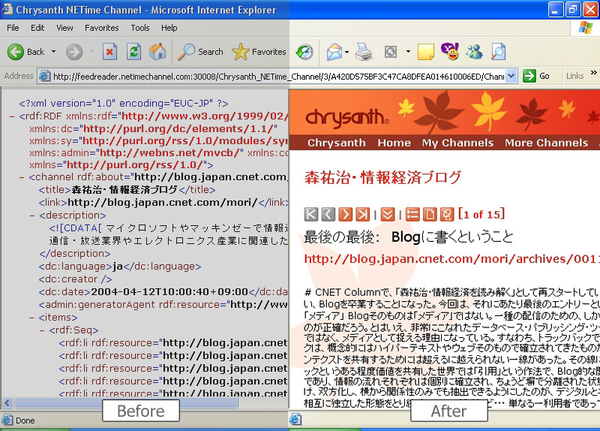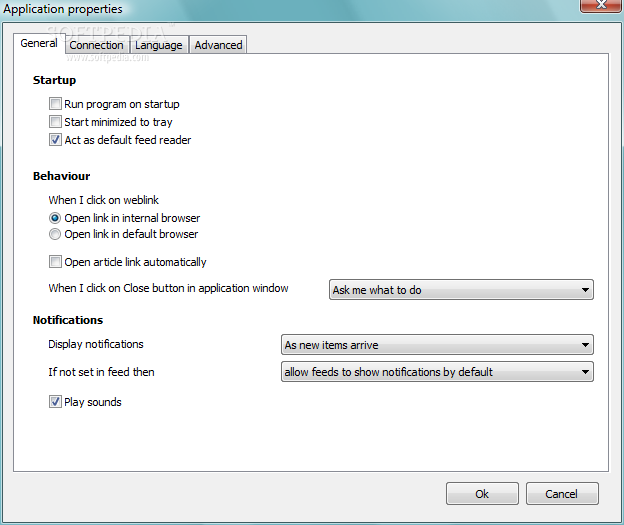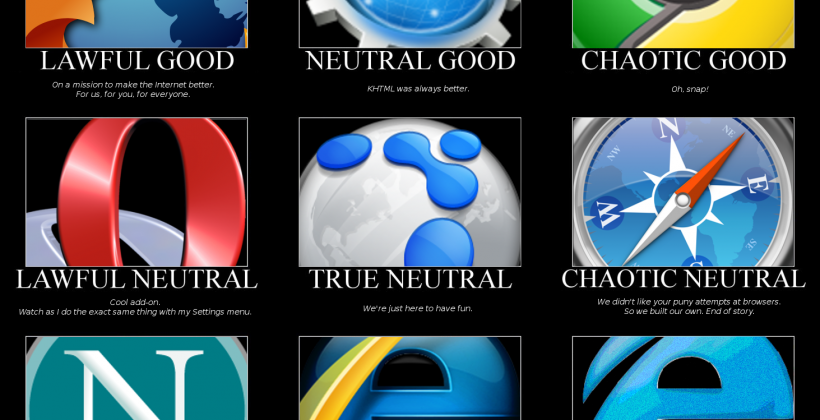



This is an automatic process that doesn’t always work perfectly, but it provides a very attractive output far more often than not. Click it, and the article you’re reading quickly converts into a full-screen reading experience, with columns and beautiful serif fonts that are similar to the layout of Microsoft’s own native Windows 8 applications.Īny article images are resized and placed appropriately as the article flows from left to right. When Internet Explorer detects that the user is on an article page (so we’re not talking about home or status pages here), a new button appears on the right side of address bar. While this is certainly readable, wouldn’t it be great if the webpage took full advantage of the widescreen format? That’s where Reading View comes in. This leaves a huge amount of white space on the left and right of the content. The current TekRevue design has a responsive layout, but only up to a maximum width. To better understand the problem, let’s use an example: our very own TekRevue. Thankfully, a new “Reading View” in Internet Explorer 11 provides a nearly perfect solution. But not all websites are designed to span the full widescreen canvas, leaving lots of wasted white space while browsing. It’s fast and responsive, and takes full advantage of Microsoft’s “Metro” design. Internet Explorer provides a great full-screen experience in Windows 8.
#INTERNET EXPLORER FEED READER HOW TO#
How to Use Reading View in Internet Explorer 11


 0 kommentar(er)
0 kommentar(er)
